rtx
Latest

NVIDIA's RTX GPUs will speed up Maya 2020 workloads
Now that NVIDIA's RTX graphics cards are boosting performance for Adobe's Creative Cloud suite and Blender, it was only a matter of time until Maya, the 3D creation tool widely used for Hollywood films and TV shows, joined the party. NVIDIA announced today that the upcoming Maya 2020 release will ship with a few new GPU-powered features. But most importantly, the app's default renderer, Arnold 6, will also take full advantage of the RTX cards' RT cores for ray tracing, as well as the Tensor Cores for AI-powered denoising. Basically, anyone running one of the new RTX notebooks, desktop cards or servers should see some helpful speed boosts when rendering with the new Autodesk software.

NVIDIA's RTX Studio driver speeds up ray-traced V-Ray rendering
When you see a particularly shiny, photorealistic 3D scene, there's a good chance it was created on Autodesk's 3DS Max or Maya using Chaos Group's V-Ray renderer. It can take a long time for workstations to crunch through V-Ray scenes, however, so NVIDIA has just unveiled an instant speedup. If you have an NVIDIA GeForce RTX or Quadro RTX card, the latest Studio driver will speed up V-Ray GPU renders by 40 percent on average, NVIDIA announced.

NVIDIA's RTX GPUs give a speed boost to Adobe's AI features
NVIDIA has unveiled a new RTX GPU features that will accelerate a new AI feature in Premiere Pro and speed up Adobe's 3D apps, Dimension and Substance Alchemist. As Adobe just announced, Premiere has a new feature called Auto Reframe that can analyze content in a regular, 16x9 horizontal video and automatically convert it to a vertical smartphone format. That process can take a long time, but NVIDIA said it will go 400 percent faster on NVIDIA RTX GPUs compared to just using the CPU.

NVIDIA will remaster more games with RTX ray tracing
Quake II RTX is far from the last game to receive an NVIDIA ray tracing upgrade. DSOG has discovered that NVIDIA is hiring a producer for its Lightspeed Studios unit to lead work on a "game remastering program" that will add RTX ray tracing to more classic titles. The GPU maker is unsurprisingly shy about just which games are in the pipeline. The next project is a game "you know and love" -- not a real clue, but promising nonetheless.
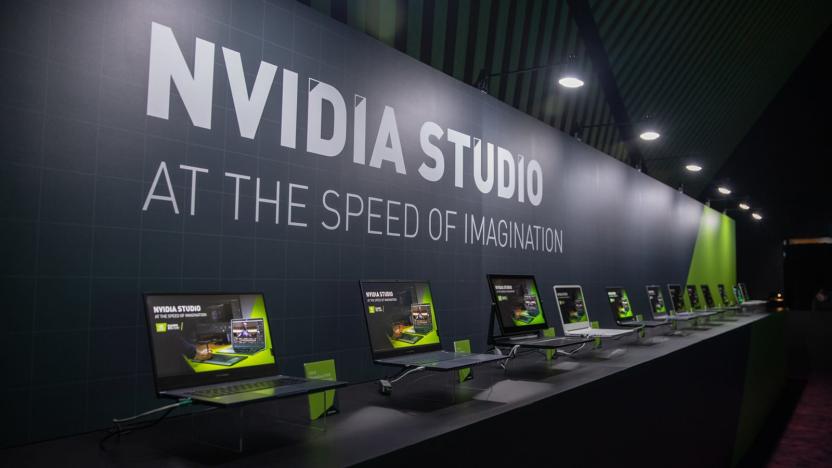
NVIDIA’s GeForce RTX GPUs are now even better for creative types
On top of announcing 10 new RTX Studio laptops, NVIDIA has some news that will make GeForce RTX creators happy. The latest Studio driver, due to be released shortly, will support 10-bit color for all GPUs in Adobe Photoshop CC, Premier CC and other OpenGL-powered apps. That's a pretty big deal, because up until now, you needed to buy a costly Quadro RTX card to get the most out of your fancy 10-bit HDR monitor for photo or video editing. Now, you get the same feature with GeForce RTX, too.
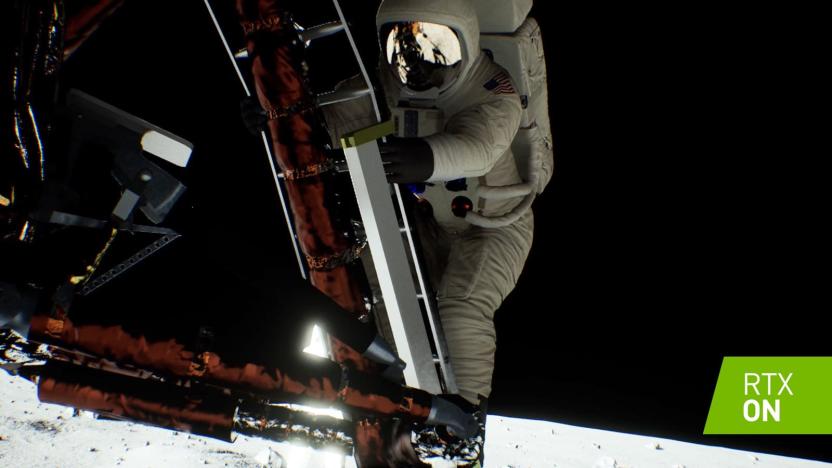
NVIDIA revamps Moon landing recreation in time for Apollo 11's 50th
You knew NVIDIA couldn't resist reviving its GPU-based Apollo 11 recreation for the Moon landing's 50th anniversary. Sure enough, the tech firm has updated the demo to take advantage of its RTX ray tracing technology, allowing a more faithful rendition of the moment Buzz Aldrin followed Neil Armstrong to the lunar surface. The biggest improvement, as you might suspect, is the lighting. Real-time raytracing captures how the Sun's rays bounced off the lunar lander and even the spacesuits -- the glowing highlights and varied shadows are closer to what you saw in the TV footage and photos than the slightly dulled look of the 2014 demo.
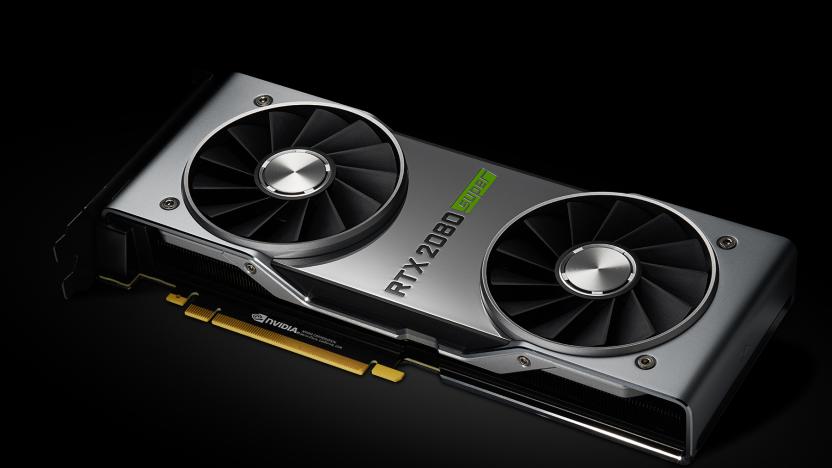
NVIDIA's new RTX Super cards are a pre-emptive strike on AMD
With AMD's next generation of GPUs just days away, NVIDIA is making good on its drawn-out tease with a trio of new graphics cards: the RTX 2060 Super, RTX 2070 Super and the RTX 2080 Super. What does that "Super" mean? Well, there's not a single answer to that.

NVIDIA is bringing pro-level Quadro RTX GPUs to laptops
NVIDIA has succeeded in shrinking its beefy Quadro RTX 5000 graphics hardware to bring it to laptops. The silicon offers 3,072 CUDA cores and 48 RT cores, paired with 384 Tensor cores and 16GB GDDR6 RAM, same as the version available for desktops. And, much like the previous version of the RTX 5000, the mobile edition is designed for professionals who do a lot of heavy graphics or video work.

NVIDIA is giving away the 'Quake II' ray tracing demo on June 6th
Earlier this year, a team inside NVIDIA took Quake II and ran it through its ray tracing system to see if the 1997 title could be gussied up. The resulting tech demo, shown off at GDC, received more than half a million YouTube views and more than a little hype. From June 6th, the company will allow people to play a limited version of the game — Quake II RTX — for free.

MSI crams an unlocked, desktop-class Core i9 into its new laptop
MSI's Titan-series laptops can only be described as an Absolute Unit, and with a laptop this beefy, you need a chip that can keep up. That's why the new GT76 Titan is packing an unlocked, desktop-class Core i9 into its hefty frame.
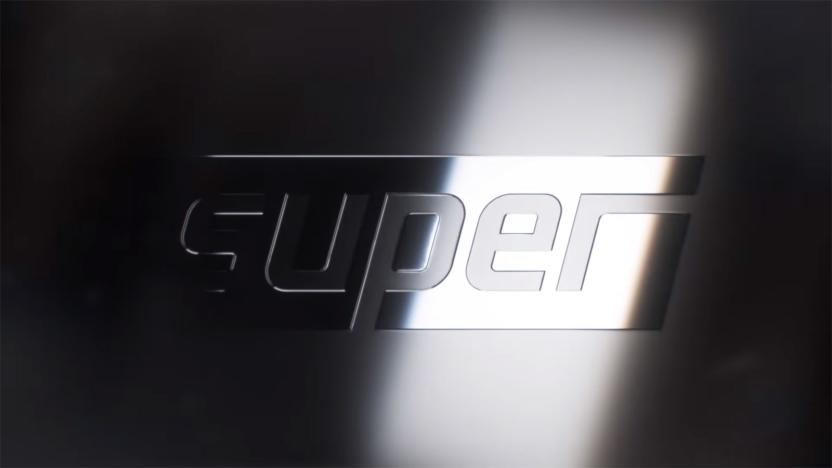
NVIDIA teases something 'super'
NVIDIA's Computex press event will likely represent big news for PC gamers. The GPU maker has posted a teaser on its GeForce YouTube channel hinting that "something super is coming." The brief clip only shows an embossed metal "super" logo, but that's enough to suggest that it could represent one or more souped-up graphics cards. If so, there might already be an inkling of what to expect.
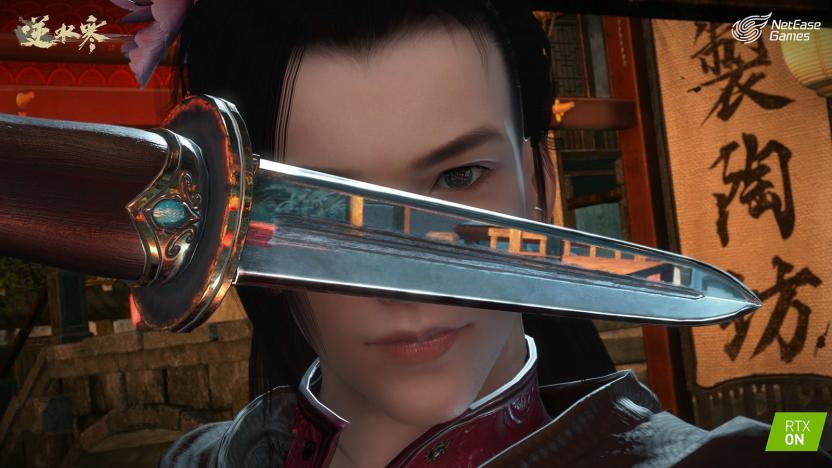
NVIDIA shows how much ray-tracing sucks on older GPUs
NVIDIA recently announced that ray-tracing is coming to older Pascal GPUs, and now it has detailed how well -- or not well, rather -- it will actually work. If you're happy with basic effects, the news isn't too bad. The RTX 2080 Ti will outperform its 1080 Ti counterpart by just over double for reflections, in line with what you'd expect for a next-gen card. However, for stuff that really adds realism, like advanced shadows, global illumination and ambient occlusion, the RTX 2080 Ti outperforms the 1080 Ti by up to a factor of six.

NVIDIA’s RTX ray tracing put to the test
Welcome to the first episode of our new explainer series, Upscaled. We're going to be examining the components and gadgets that are helping move technology forward, and in this first episode, we're looking at graphics cards.
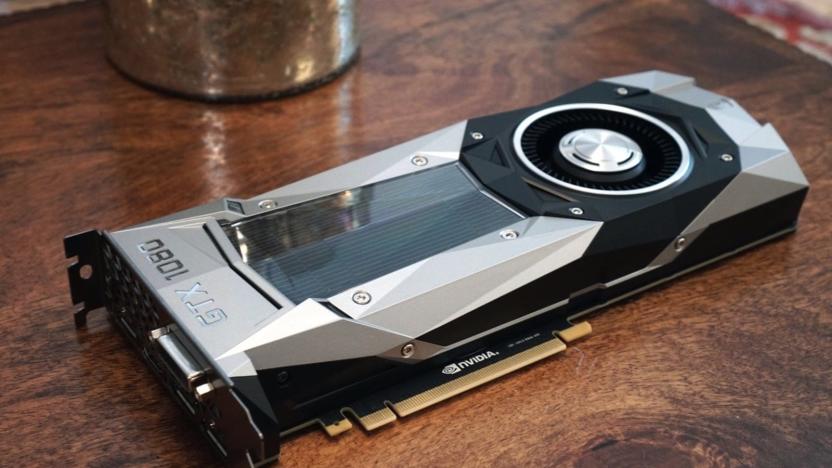
NVIDIA's ray tracing tech will soon run on older GTX cards
NVIDIA has announced that its ray-tracing tech, only available on its new RTX cards so far, is coming to its older GeForce GTX 10-series cards in April. The technology will work on GPUs from the GTX 1060 and up, albeit with some serious caveats. Some games like Battlefield V will run adequately at low settings, but other games, like the freshly released Metro Exodus, will run at just 18 fps at 1440p -- obviously an unplayable frame-rate.

NVIDIA may have unwittingly leaked Unity ray-tracing support
NVIDIA launched the era of ray tracing about 5 months ago with the release of the RTX 2080 Ti GPU, but so far, it hasn't gone over well -- there's just one game that supports it. Sales of the pricey cards have been slower than it expected, and the cryptocurrency collapse hasn't helped. So, NVIDIA CEO Jensen Huang was eager to mention that ray tracing support was available on both Unity and Unreal, the most popular gaming engines. The problem is, Unity has yet to reveal anything like that, so NVIDIA may have inadvertently stolen its thunder.

AMD Radeon VII review: Is 4K gaming enough?
When AMD announced it was developing new GPUs for data centers in mid-2018, it was clear they weren't intended for gaming. AMD was in a tough spot: NVIDIA was gearing up to release its RTX cards with ray-tracing and AI-powered tech that AMD couldn't compete with. The feeling was that AMD had decided to cede the high-end to NVIDIA and focus on the mid-range (where most sales are). A new high-end gaming card wasn't expected for another year at least. These data-center cards, the Instinct MI60 and MI50, took AMD's previous flagship gaming chip (named Vega 10) and shrunk the transistors from 14nm to a 7nm process. A small manufacturing process makes smaller transistors that can run faster or use less power for the same speed. When the Instinct cards were announced in November, they were a refined version of last years' gaming cards, with enterprise features like error correction and support for super-high-precision math. Take those features away from an Instinct MI50 and you have something that looks very similar to the Radeon VII.
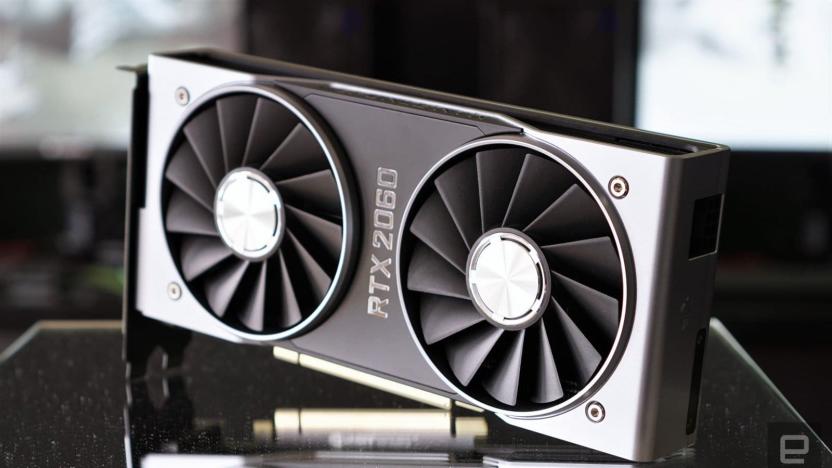
NVIDIA is the latest tech giant blaming China's economy for poor sales
Add NVIDIA to the list of companies pinning at least some of their problems on China's struggling economy. The graphics chip maker has warned that its fourth quarter results will fall short of expectations due partly to "deterorating macroeconomic conditions," especially in China. People were more hesitant to buy graphics cards, NVIDIA said. It added that sales of "certain" high-end Turing-based GPUs (read: the RTX series) fell short of expectations because people were both waiting for price drops and games that made better use of RTX features like raytracing.

AMD is edging closer to breaking NVIDIA's graphic dominance
After AMD released its seven-nanometer Radeon VII graphics card with impressive-looking performance, NVIDIA CEO Jensen Huang responded by essentially trashing it. "The performance is lousy and there's nothing new," he told PC World. "No ray tracing, no AI. It's 7nm with HBM memory that barely keeps up with an [NVIDIA RTX] 2080." NVIDIA's CEO doth protest too much, perhaps, but he's right to be worried. According to a CES performance tease, the Radeon VII actually beat the RTX 2080 in several video-editing and 3D-animation tasks. It also bested the RTX 2080 when playing Strange Brigade and other titles, especially at 4K resolution. While NVIDIA just adopted 12-nanometer tech for the RTX series, AMD has moved on to seven-nanometer designs for the Radeon VII. Rather than criticizing its rival's performance, NVIDIA notably attacked AMD's lack of (NVIDIA-exclusive) features like ray tracing, G-SYNC and AI-powered DLSS anti-aliasing. However, that has yet to prove useful for gamers and doesn't help content creators at all. If ray tracing doesn't pan out and AMD keeps pushing the chip-design envelope, the next couple of years could get rough for NVIDIA.
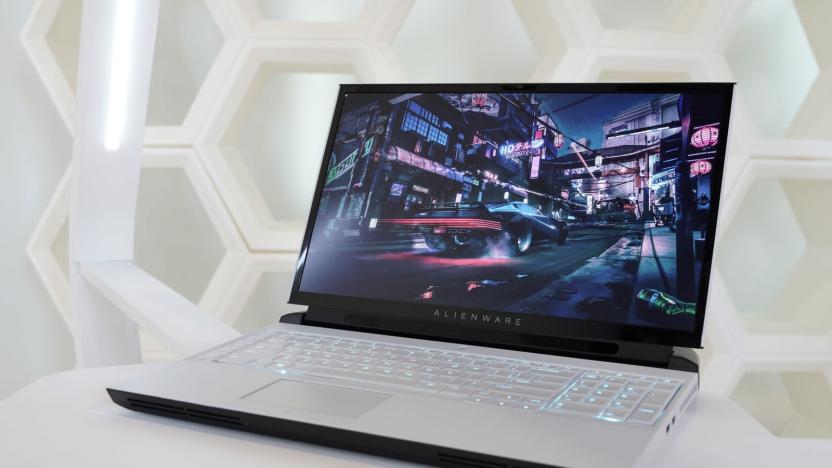
Alienware's Area 51m laptop has an upgradable CPU and graphics card
From the beginning, Alienware computers have been built with hardcore gamers in mind -- that explains the stylish cases and aggressive designs, which helped spark the rise of bold gaming PCs. But the Alienware brand was initially inspired by The X-Files and '90s-era science fiction, and that aesthetic hasn't evolved much since then. Now, it's time for something different. With the Area 51m -- a reference to the company's very first laptop -- Alienware is making its biggest design leap in years. And it also includes something truly innovative for gamers: an upgradable desktop CPU and NVIDIA RTX 20-series video card. It gives a new meaning to the term "desktop replacement."

Razer adds NVIDIA RTX graphics to its Blade laptop
After debuting last fall, NVIDIA's RTX line of graphics cards is making its way to notebooks. And that means pretty much every gaming laptop under the sun -- good, bad and everything between -- is due a refresh. Thankfully, this one's definitely in the "good" category. We loved Razer's 2018 Blade reboot, calling it "almost perfect" in our review. Today the company is announcing that its popular 15-inch laptop is going to be configurable with up to RTX 2080 Max-Q graphics, with RTX 2070 Max-Q and RTX 2060 filling out the graphics card options.




